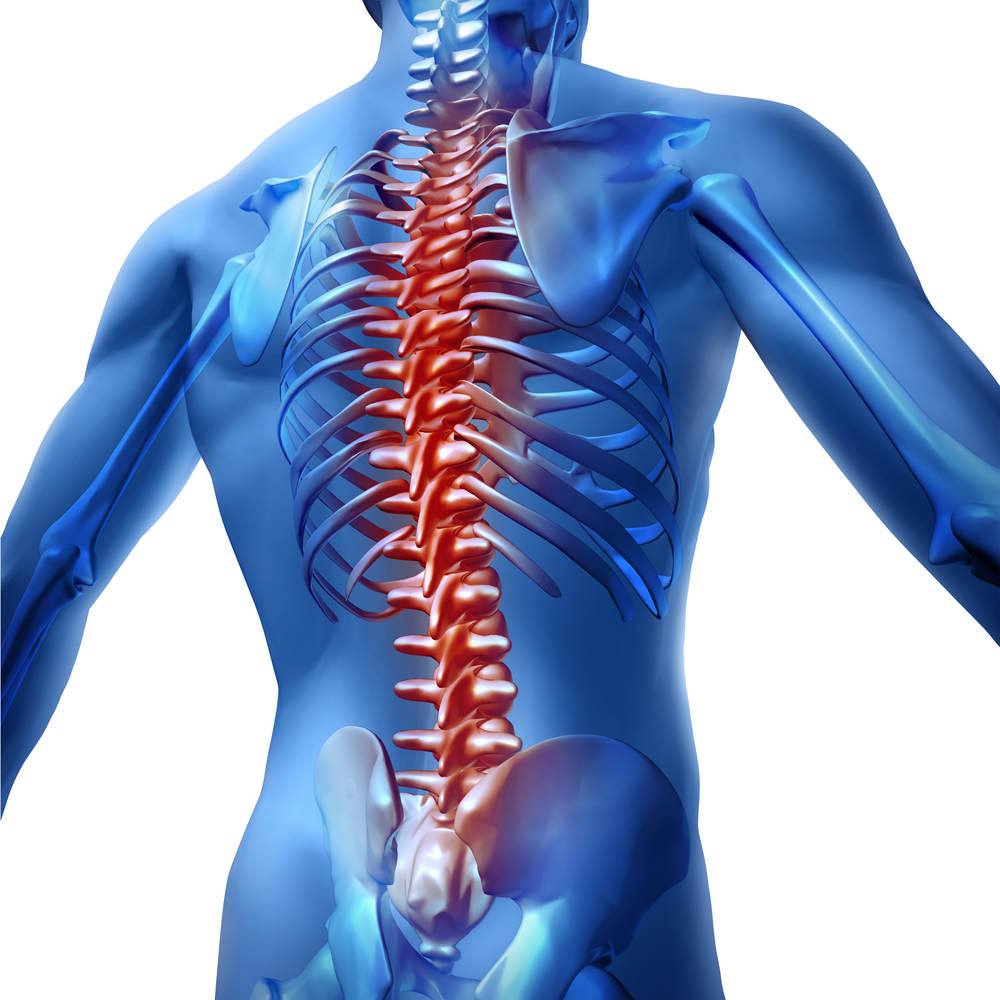We’re pleased to announce that Pain Physicians of Wisconsin is now Pro Spine Pain.
We’re pleased to announce that Pain Physicians of Wisconsin is now Pro Spine Pain.

Spine-related pain can be debilitating, impacting your daily life and mental well-being. It’s an issue that millions of people across the globe grapple with every day. Fortunately, spine therapy can offer relief, and at Pro Spine & Pain, we are dedicated to helping you navigate this path. In this blog post, we will delve into the depths of various spine therapies, their benefits, and who can benefit most from them.
Before diving into therapies, it’s important to understand the complexity of spinal pain. It can occur due to various reasons – from injuries and accidents to chronic conditions like osteoporosis or arthritis. Common symptoms include stiffness, limited range of motion, sharp or throbbing pain, and even problems with walking or standing.
The first line of treatment for many spinal issues often involves non-surgical therapies. These are less invasive, focusing on pain management and improved mobility.
When non-surgical therapies aren’t enough, minimally invasive procedures can be effective.
In some cases, surgical intervention might be necessary to treat spine-related pain.
Post-treatment recovery is a critical part of spine therapy. It can include a combination of physical therapy, occupational therapy, and pain management techniques. Rehabilitation aims to restore strength and flexibility, aid healing, and improve quality of life.
Living with spine-related pain can be challenging, but there are numerous therapies available that can alleviate pain and restore function. It’s essential to work with a knowledgeable healthcare provider who can guide you through the process, helping you select the most effective therapy based on your unique needs and condition.
Spine therapy is a journey, but with the right treatment and a committed health team, it’s a journey you won’t have to walk alone. At Pro Spine & Pain, we’re here to ensure your path to a pain-free life is as smooth and effective as possible. Contact us today to learn more about our range of spine therapies and how they can benefit you.